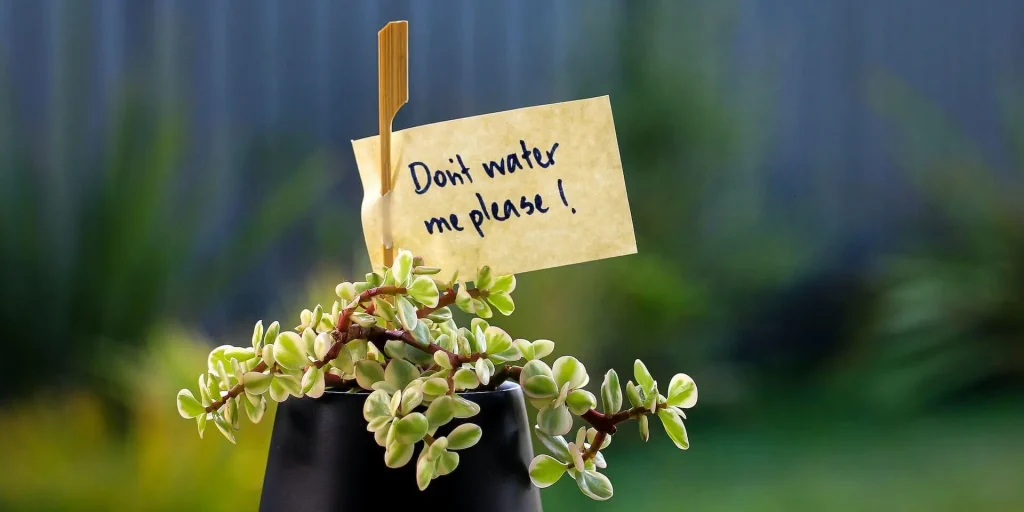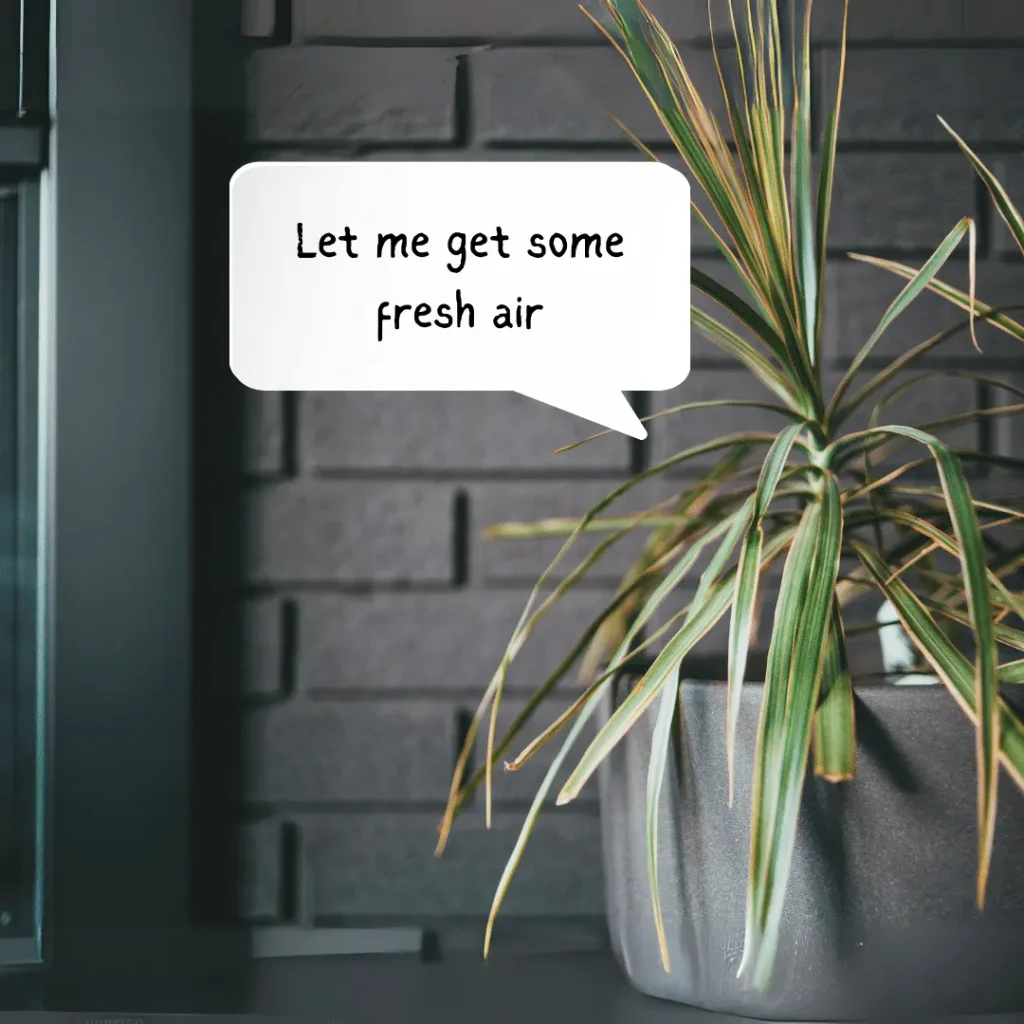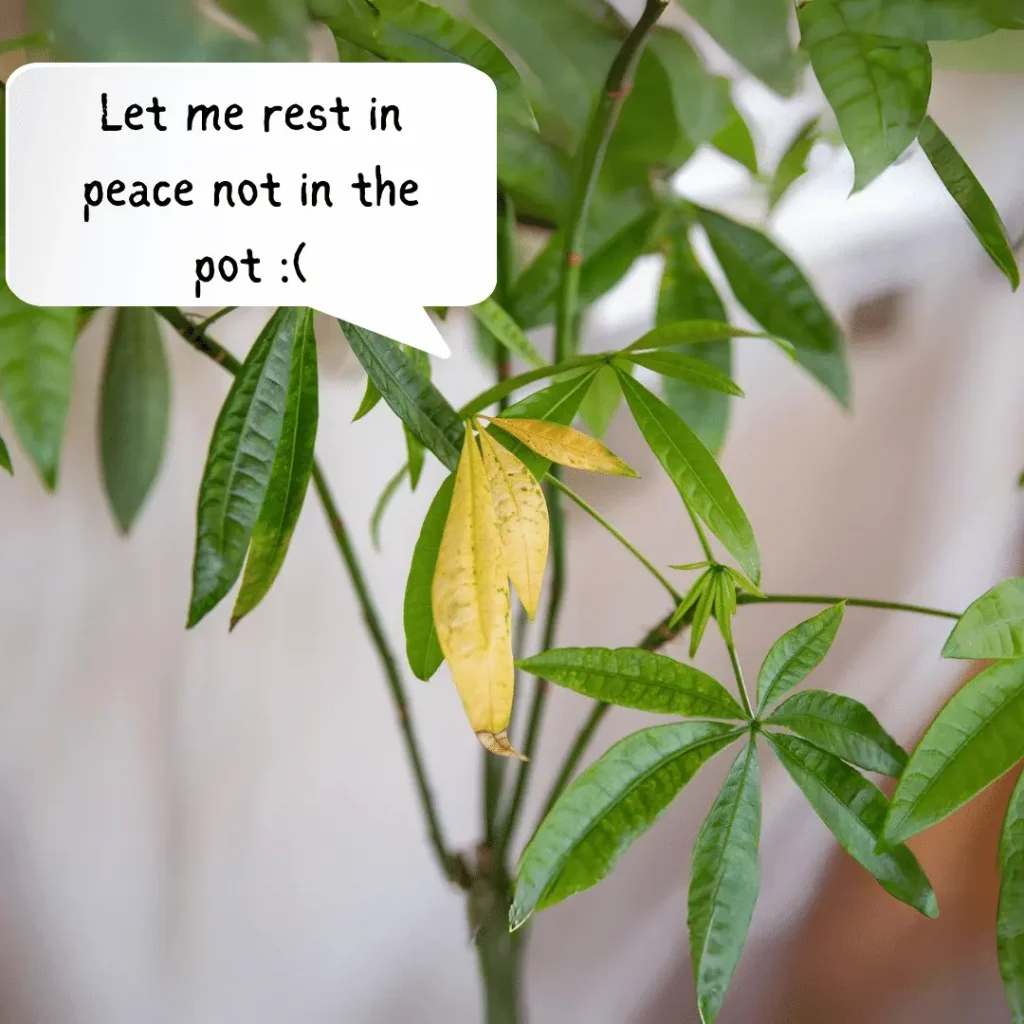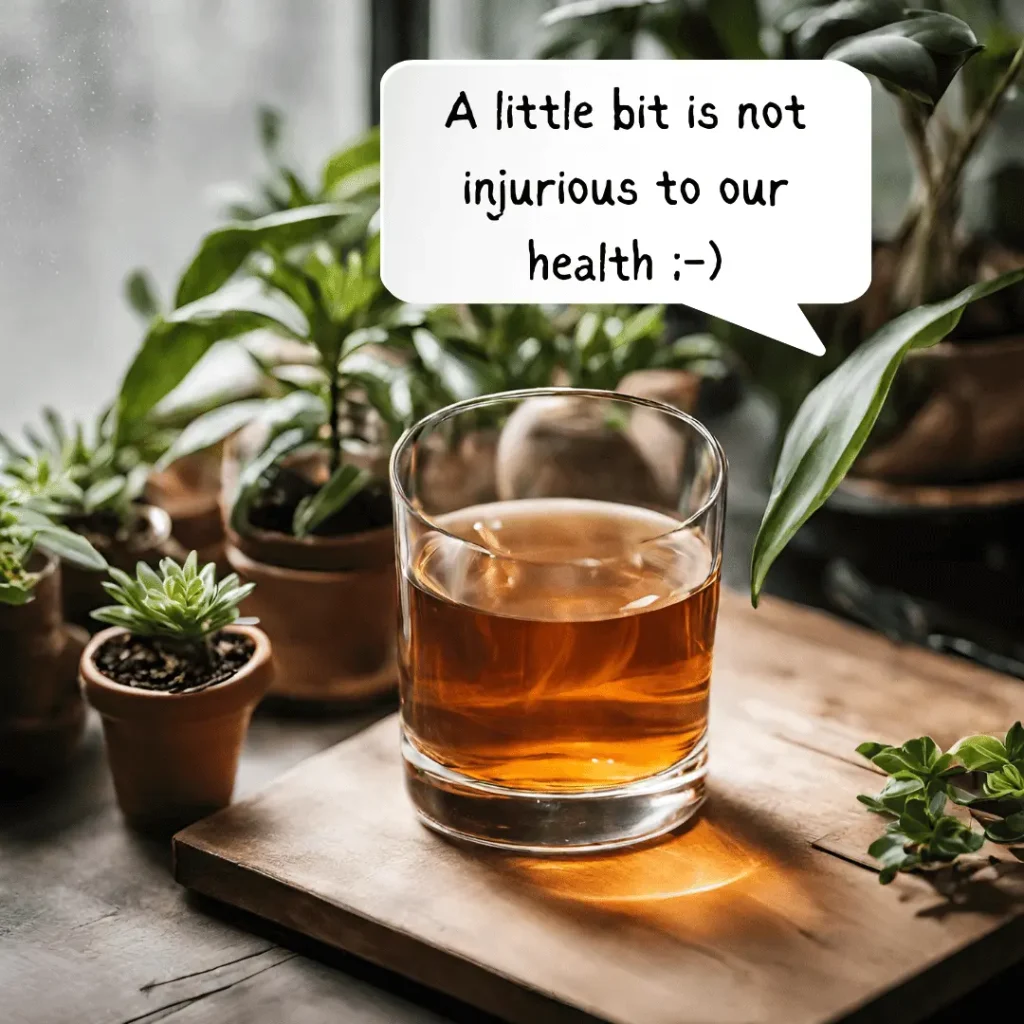Seeing plants in your home is a happiness. It stimulates a positive attitude in us and also gives a sense that we are very near nature. In our busy urban lives, we find it difficult to find an outside space and time to express our gardening talent. So indoor plants are the only way out. That’s why we are interested in setting up our own garden in our home with indoor plants. But this happiness can easily get sour due to the pests affecting the indoor plants. No worries, here we are going to help you with 12 pest control tips for your indoor plants.

Before proceeding further, it is better to point out the most important tip, which is Healthy Crops are Happy Crops: Let Your Crops Have Happy Smiles
How can you do that?
You have to make sure your indoor plants are:
a. Getting enough light
b. Getting enough organic fertilizer during the growing period
c. In an appropriate pot
d. Planted in a high quality well drained potting soil
e. Only watered when necessary
Pest Control Tips to Save your Indoor Plants
The best way to protect your indoor plants is to keep them healthy, not only for the plants but also for everyone in the household. So, here are the 12 pest control tips for your houseplants:
1. Avoid Overwatering Your Indoor Plants
Fungus Gnats, a tiny fly, breeds in the soil which stays moist for a long time. Often confused with fruit fly, these tiny flies won’t actually harm your plants. However, they are very distracting and not very pleasant to look at. Leave your plants until the soil is dry on top before you water again, as their eggs and larvae can’t survive in dry soil.

2. Regular Inspection of Indoor Plants
You should have a close look at your indoor plants, particularly check the undersides of leaves and joints where limbs meet the main stem. Look for tiny specks on the leaves (many pests), fuzzy white bumps (mealybugs), spider webs (spider mites), or clusters of tiny hard bumps (scale). If you find evidence of pests, you should quarantine the affected plants immediately and treat the infestation quickly. Thus, regular inspection and quarantine become an aid in pest control for indoor plants.
3. Quarantine New Plants
We have a general tendency to bring new plants and keep it with the existing one as part of our indoor gardening. However, this could result in pests getting into your indoor garden. It is preferable to quarantine any new plants you bring home to prevent any new pests from spreading. You have to quarantine them in a room where there are no other plants and keep it there for at least two weeks. Check them every couple of days for signs of pests.
4. Ensure Good Air Circulation
To keep an indoor garden healthy, you should make sure good air circulation in the room where you are keeping it. Stale air, which is not moving is a good environment for pests to grow. It is preferable to keep a fan running in rooms with lots of plants to keep the air circulating well to help prevent mould and pests and thereby making it a good pest control mechanism.

5. Washing Plants
This is one of the most underrated pest control tips we have for you. Most of us won’t do this, but giving your indoor plants an occasional wash or shower will help get the dust off the leaves, and a good spraydown of all the leaves, tops and bottoms, the stems, and the pot, can help keep pests down.

6. Wash and Bleach New Pots
Most likely, you may be in the habit of putting plants in to your newly bought pots just after you bring it home. This may be fatal to your indoor plants, as there is a chance of pest infestation from the new pots. So, either wash or bleach the newly bought pots before you plant in them. Also, this approach is preferable when you are repotting the existing plants.
7. Raising the Humidity
Most indoor plants need a humidity level of 40% to 60%. In the winter, the air in your home may get really dry. If it does, consider adding a humidifier near your houseplants.
8. Clean up any Fallen Leaves and Remove any Organic Matter from the Top of the Soil
Dampened fallen leaves and organic matter are breeding ground for pests, which affect the health of your indoor plants. So, it is necessary to make daily inspections and remove these leaves or flowers from the plant pot.

9. Spraying Insecticidal Soap
In the early stage of the pest infection, it is better to spray insecticidal soap in to your infected plant as insecticidal soap can often eliminate a pest infestation in its early stages. Insecticidal soaps are contact insecticides and are only effective when they make direct contact with insects. Once the soap solution dries, it has no effect against pests. Insecticidal soaps are most effective against soft-bodied insects and related pests, such as aphids, mealybugs, immature scales (crawlers), thrips, whiteflies, and spider mites.
10. Use Baking Soda
Baking soda is effective in dealing with fungal diseases and certain pests on the leaves. It is easy to prepare a homemade insecticide and fungicide using baking soda.
Preparation
Take 1 tablespoon baking soda and 1 tablespoon neem oil. Add them both in one litre of water. Spray this solution at the infested areas of the plant to get rid of pests.
11. Thoroughly Clean the Area Where You Keep Your Plants
Thoroughly clean the area you keep your plants with warm soapy water. It is good practice to also wipe the area with alcohol to remove any stubborn infections and vacuum the area to remove any already dead pests.
12. Use Rubbing Alcohol to Kill Any Remaining Bugs
Soak a cotton swab in diluted rubbing alcohol and dab it on any areas that have visible pests to remove them from the plant and kill them instantly. You should keep in mind one thing while doing this that don’t use alcohol while the plant is in the direct sunlight because it can burn the plant’s leaves. It is also a good practice to wipe and rinse the plant pot and tray with alcohol and water to remove stubborn pests that may be hiding under the rim.

Keeping your indoor plants healthy and uninfected is a bit hard task. It needs your regular inspection and sheer perseverance. These pest control tips will aid you in your journey of keeping your indoor plants pest free and healthy.